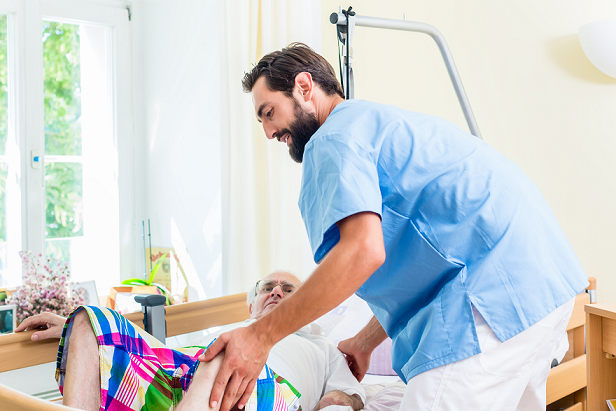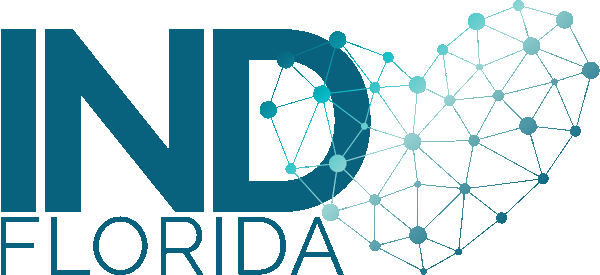
Maintaining proper body mechanics is imperative for caregivers to prevent fatigue or injury when lifting, assisting with transfers, or even when helping to re-position a loved one with Alzheimer’s Disease (AD) in bed.
The caregiver should stay physically fit to prevent injuries and improve stamina when performing caregiving tasks. Just like a parent is taught to apply their own oxygen mask first before administering oxygen to a child during an in-flight emergency, the caregiver must do whatever is necessary to maintain good physical and mental health.
There are some general rules of proper body mechanics aimed at preventing injuries to caregivers who are assisting a person with AD. The person with AD (care recipient) may require help in physically getting from one place to another (such as from the bed to the chair or toilet, or transferring back to the wheelchair). One general rule of thumb to follow as a caregiver is to consistently encourage those with AD to assist in transfers as much as he/she can safely perform.
Rules of Proper Body Mechanics
- Never attempt to lift or move someone alone if they seem too heavy.
- Keep feet shoulder-width apart with one foot slightly in front of the other.
- Bend the knees instead of bending over at the waist.
- Always keep your back as straight as possible.
- It’s a good idea to stretch your muscles before doing any type of transfer.
- Push or pull heavy objects instead of lifting whenever possible.
- Lift the care recipient using the strongest muscles of your legs and arms.
- Keep the person’s weight as close to your body as possible.
- Tighten your abdominal muscles to decrease the strain on your back.
- Keep your back and feet aligned properly and avoid twisting.
- Shift your feet, take small steps & keep the back & neck straight as you pivot.
- NEVER transfer someone without proper training from a professional.
- Never allow the person you are assisting to place their arms around your neck during a transfer(it could pull you forward causing you to lose your balance).
- If you experience any strain in your back, stop the transfer and get help.
- Ask someone to help when possible - it’s safer to have 2 people during a transfer.
- Keep in mind that back injuries can occur even though you don’t feel any pain.
Step by Step Safe Transfer Technique
- Allow the person to help as much as possible.
- Estimate the person’s weight and mentally plan the transfer in advance.
- Make sure to clear the floor of any obstacles for safety.
- Keep your feet shoulder width apart.
- Help the person roll toward the side of the bed.
- Assist the person to a sitting position, making sure to support the back and hips.
- Stand in front of the person you are transferring and put your arms around his/her torso.
- Brace the care recipient’s lower extremities with your knees to prevent slipping forward.
- Tell the person you are going to transfer on the count of 3.
- Help the care recipient to stand up.
- Keep the person as close to your body as possible when transferring.
- Ensure the brakes are locked to prevent the wheelchair from moving.
- Instruct the person to pivot while ensuring the back of the legs are against the wheelchair for support.
- Pivot your feet & smoothly turn your body as one unit without twisting the back.
- Avoid making any type of jerking motions.
- Flex your knees and hips and lower the patient to the wheelchair without bending your back.
- Ask the person to grab the arms of the chair as he/she is lowered to the wheelchair.
- If you are unsure about how to safely perform the transfer, ASK FOR HELP.
- Always follow the principles of proper body mechanics.
Caregivers should train with a medical professional (such as a nurse or physical therapist) to learn transfer techniques using proper body mechanics. Return demonstrations should be performed under the supervision of a professional before caregivers attempt to move or transfer their loved ones with AD independently.
To learn more about Alzheimer’s caregiving, and Alzheimer’s prevention & treatment, Join AlzU.org Today.






